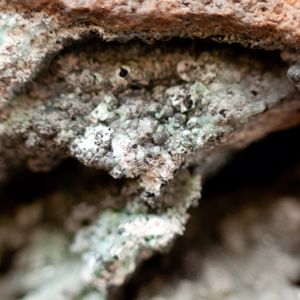The What, Why and How of Corrugated Metal
As a homeowner or business owner, are you looking for an alternative to asphalt shingles? The average roof may be traditionally clad with asphalt shingles, but if you want your roofing to perform at the next level , corrugated metal roofing may be a preferable choice. We’ll explain why and how corrugated metal is used for purposes that go beyond (or rather, below) corrugated roofing.
What is corrugated metal?
A type of carbon steel, corrugated metal is a highly durable building material that is widely used in the residential and commercial construction space. Pressed into three-dimensional patterns through cold roll formation – hence the term “corrugated” – corrugated metal sheet is an increasingly popular building material because it is designed to withstand the harsh effects of weather, be it hailstorms, driving winds or torrential downpours. This is made possible through cold rolling – a process that allows rainwater to drain away – and through galvanization. As noted by the American Galvanizers Association, galvanization involves dipping carbon steel into a vat of molten zinc. Once it’s had time to cool and harden, almost as if paint were applied to it, the steel is affixed with the shielding it needs to resist corrosion. The fastener bolts used to keep the corrugated metal sheet in place are also galvanized with zinc. It’s estimated that over 600,000 tons of zinc is used for hot-dip galvanizing purposes in North America alone which includes fabrication.
“Galvanized corrugated metal corrodes at 1/30th of the rate of its bare steel counterpart, assuming the same environments.”
How effective is galvanization?
While the geometry of corrugated metal contributes to the longevity of corrugated metal, galvanization is truly what gives it its mettle. Indeed, galvanized corrugated metal corrodes at 1/30th of the rate of its bare steel counterpart, assuming the same environments, says the American Galvanizers Association.
This is the primary reason why corrugated metal is so often used for roofing. On average, a roof with asphalt shingles must be replaced once every 20 to 25 years or so. A corrugated metal roof, meanwhile, can last three times that time. The actual length can depend on the climate, where the corrugated metal was stored and air quality.
In what other ways is corrugated metal used?
The longevity and sustainability of corrugated metal may explain why it’s leveraged in ways other than metal roofing. It’s also an effective alternative to aluminum siding, helping to wick away water and protect against hail, gale-force winds and intense heat. Additionally, because corrugated metal reflects sunlight, it can help reduce energy bills by limiting the need for air conditioning. Corrugated metal is used in the production of shipping containers as well, evidenced at the nation’s shipping ports.
While corrugated metal is truly an architectural marvel, several factors can affect its overall quality and corrosion resistance. Auto Technology uses corrosion testing laboratory technology that can help you lengthen the life of your building materials, including corrugated metal. Pricing starts as low as $2 per simple environmental testing.
If you want to keep corrosion at bay and maximize the life span of your corrugated metal cladding, please contact us today.


